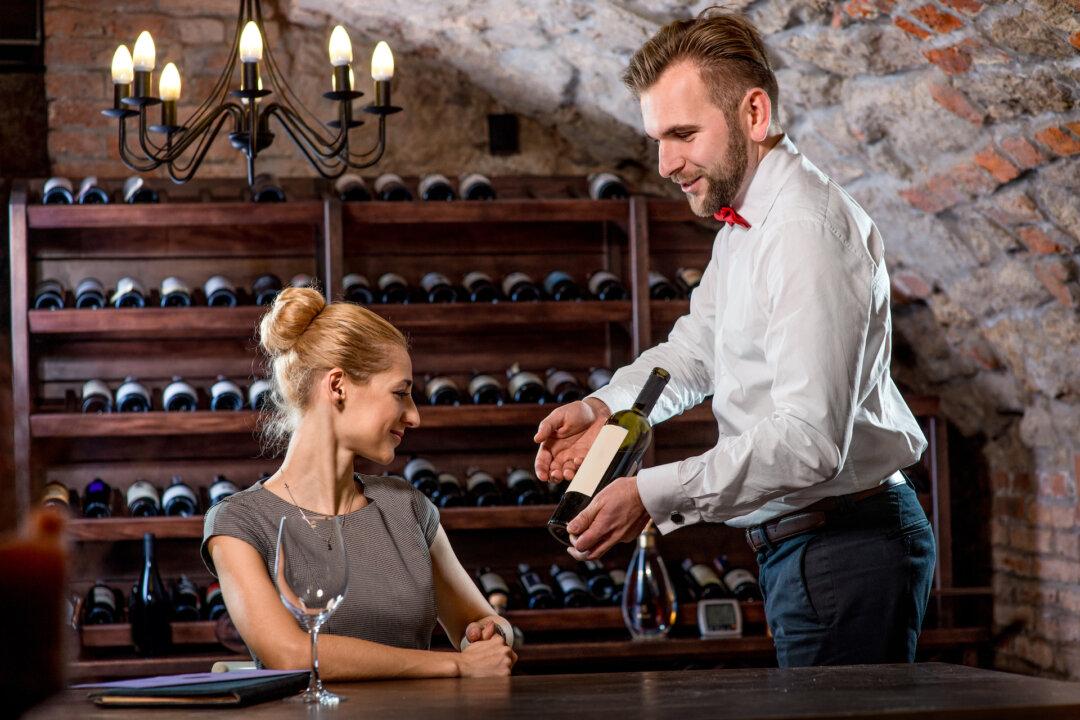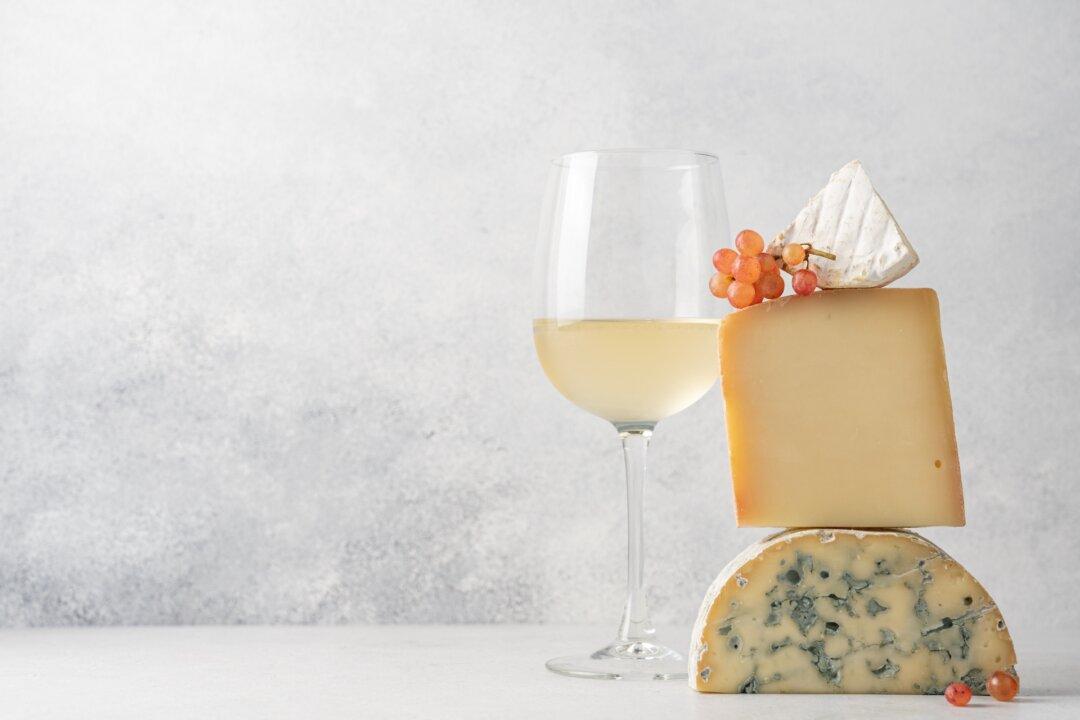Twenty years ago, I was interviewed on a radio program in San Francisco where, with three minutes left in the show, the host asked, “If you had to take only one wine to a desert island, what would it be?”
With no time to elaborate, I said “grenache,” to which the host replied, “You can’t leave us there! You have to explain!”
He probably thought I would say cabernet, pinot noir, or shiraz. But he was right; it’s difficult to briefly explain my love for grenache.
But if you love Southern Rhone wines, grenache isn’t so little-known—it’s often the lead grape in Châteauneuf-du-Pape, and it plays a major role in many other red wines, such as Côtes du Rhône.
It is the main grape in many dry rosés made in France, and it’s an increasingly beloved grape by shiraz producers in the New World as a key addition to red blends.
Thirty years ago, the amount of grenache in California was scant—fewer than 10,000 acres statewide. Most of that grew in the hot central San Joaquin Valley.
Despite demand from numerous wineries for grenache in cooler climates, grenache acreage in California has shrunk to 4,700 acres, with only a slightly larger amount in cooler climates.
Compare that with the half-million acres of it in the rest of the world. I believe U.S. consumers have failed to understand grenache’s charms. One reason is that grenache is usually not a stand-alone grape.
I was thrilled 15 years ago to learn that a society dedicated to grenache was formed to honor it. The International Grenache Association declared that the third Friday of every September would be considered International Grenache Day. The aim was to get more people to try grenache.
Unfortunately, it never turned out perfectly. For a few years, I reminded people of Grenache Day, but it has been at least a decade since I’ve heard anyone acknowledge it.
It may be partly because few people really understand grenache. Instead of the typical dense black nature of so many red wines, grenache is often pale and has less tannin than other red grapes.
Grenache’s aromas and flavors are fascinating, with pomegranate and cranberry replacing the nearly ubiquitous black cherry and plum of cabernet and merlot.
Some people do give it the respect it deserves. Bonny Doon’s irrepressible Randall Grahm makes great use of it, notably in his excellent Le Cigare Volant red wine. Jason Haas’s Tablas Creek winery in Paso Robles stands behind it as well, making it an integral part of his red wine program.
And Peter Mathis in Sonoma Valley has a website that has a headline reading, “I grow it. I make it,” and he adds, “Grenache is my passion. ... My grenache just received the highest medal awarded to an American wine at the 11th annual International Competition Grenache du Monde.”
Steve Beckmen in California’s Central Coast grows some of the state’s best grenache. There are great plantings in Mendocino, Monterey, and the Sierra Foothills as well.







